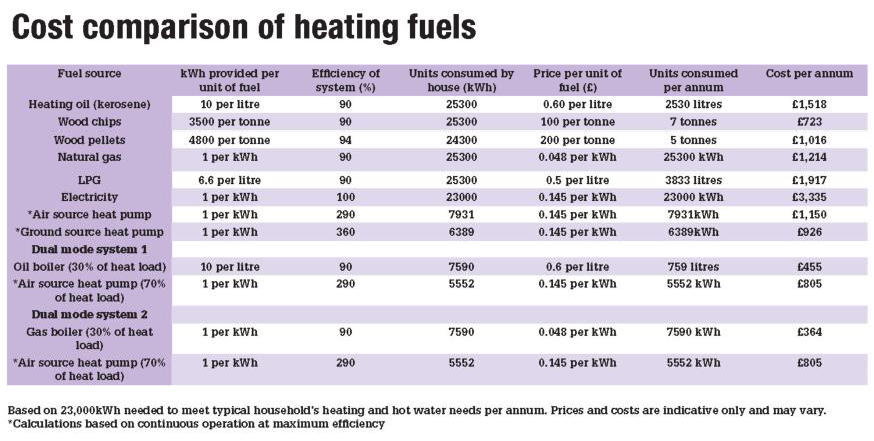




DalesRenewables
Electrical, Heating & Plumbing Contractors
Biomass Fuels















Energy from biomass refers to energy produced from organic matter of recent origin. This excludes fossil fuels which have taken millions of years to
evolve. Biomass is also referred to as ‘bioenergy’ or ‘biofuels’ (in terms of renewable energy). Biofuels have been defined by the Energy Technology
Support Unit (ETSU, 1991) as:
‘any solid, liquid or gaseous fuels produced from organic materials either directly from plants or indirectly from
industrial, commercial, domestic or agricultural wastes’.
However, we are mainly concerned with woody biomass – logs, wood chips, wood pellets and wood briquettes. Producing energy from wood brings environmental and economic advantages both nationally and locally and has considerable potential within the UK. Biomass heating systems, unlike other renewable energy sources, do emit carbon dioxide. However, it is the carbon dioxide (CO2) taken from the atmosphere by trees for photosynthesis that is released during burning. This closed CO2 cycle means that biomass heating is considered a renewable energy source. For sustainably managed woodland, or energy crops, the process is similar. Wood is never removed faster than it is added by new growth, therefore the CO2 released when the wood fuel is burned is never more than the CO2 absorbed by new tree growth.
Woody biomass sources include:-
Forest residues – from woodland thinnings, “lop and top” after
felling and arboricultural trimmings
Untreated wood waste – e.g. from sawmills, furniture factories
Crop residues – e.g. straw
Woody crops e.g. Short Rotation Coppice (SRC) willow and
miscanthus (elephant grass)
SRC and high energy crops are sometimes referred to under
the more general term of ‘Energy Crops’; i.e. crops that are
grown specifically for energy production.
However, biomass heating systems in reality create small net emissions of CO2 to the atmosphere through operations including harvesting, transport,
processing and the construction and commissioning of the boiler. Wood fuel emits 25 grams of CO2 per kilowatthour (g/kWh); wind energy emits
8g/kWh; gas emits 194g/kWh; oil emits 265g/kWh and coal emits 291g/kWh.

About Biomass Fuels
Biomass fueled heating systems will also reduce your annual fuel costs substantially and can attract very attractive
cash incentives through various grants that are available.
Case
Studies





